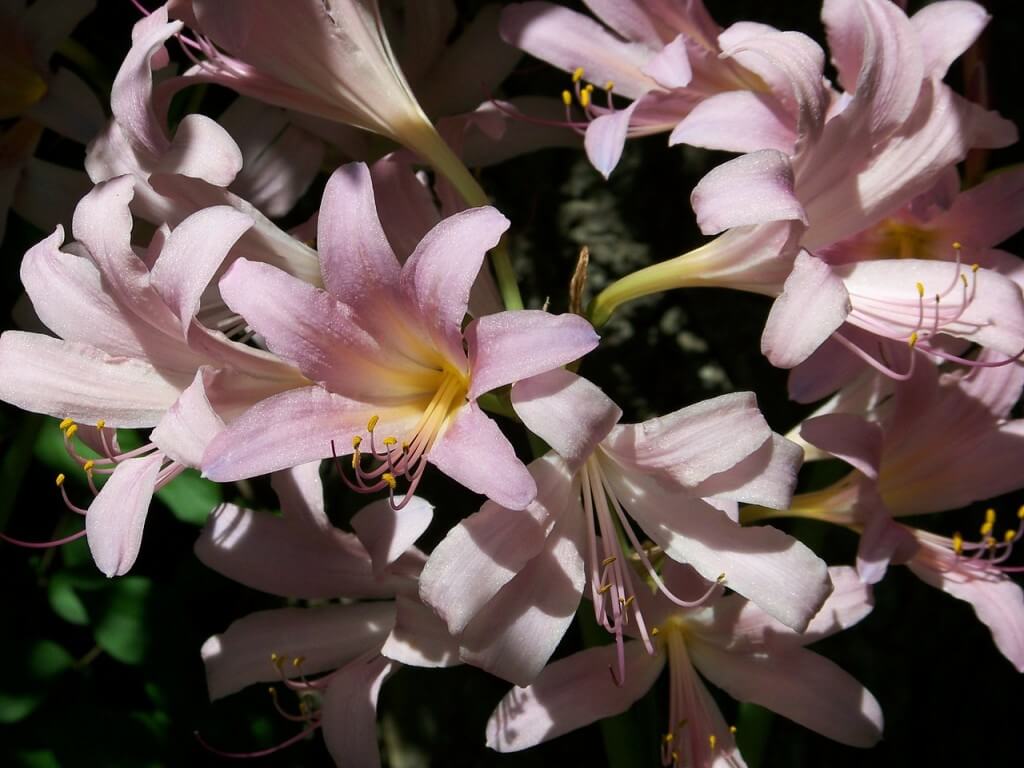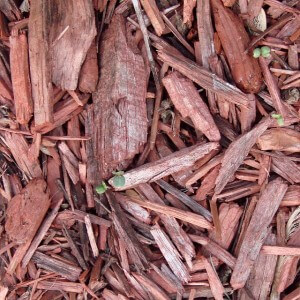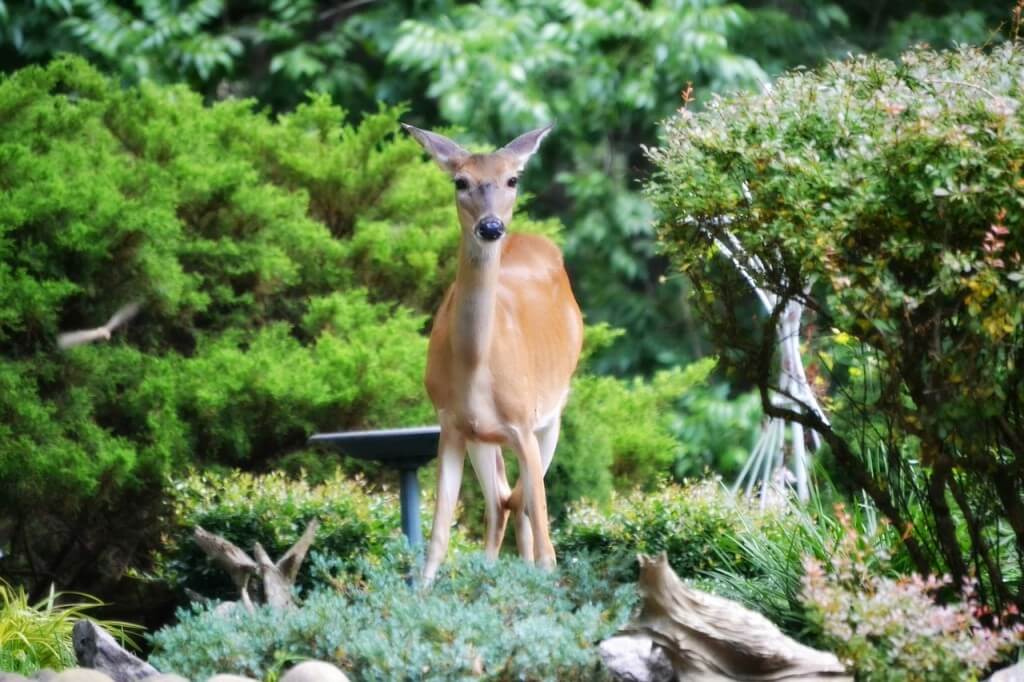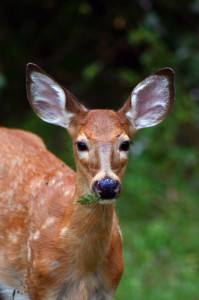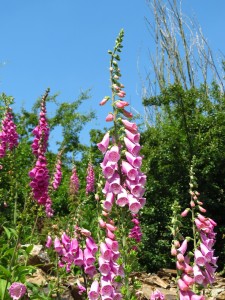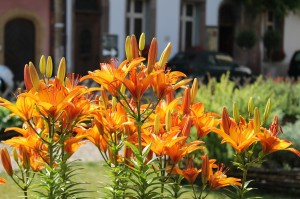April is here and along with it comes spring, Easter and Gardening Month! Of course, at Whispering Springs Nursery in Jasper, Ga. we like to think of gardening every month, but springtime is when many get into it due to the fabulous weather! Below we have a few suggestions for you to consider for your spring garden, but we also have plenty of great container plants at our nursery for you to dig in to all year long!
Fragrant Plants
Are you looking to enjoy the beauty of flowering plants from your porch or patio, but want a delightful fragrance too? Below are some plants that do well in most areas of the south and that are sure to delight your senses in the upcoming warm seasons.
-
Carolina allspice (Calycanthus floridus): This plant is actually a shrub that can grow up to eight feet tall! At first it may not appear as pretty as your Easter tulips; however, this deciduous shrub is hardy and produces lovely two-inch, apple-strawberry-scented, maroon blooms in the summertime. It could be a great shrub to put around your landscape.
-
August lily (Hosta plantaginea): Producing foliage in two-foot tall clusters, this plant offers four-inch long white blooms that appear in late summer. Uniquely the blooms open in late afternoon, allowing a scent similar to honeysuckle to be enjoyed all evening long.
-
Fragrant olive/sweet olive/tea olive (Osmanthus fragrans): This evergreen of many names appears more like a tree than a small plant. However, it’s tiny white flowers emit the sweetened scent of apricots during early spring and again in early fall.
Gardening Month 2015
Are you looking for something fun to do in honor of gardening month and springtime? Check out some of these great events at the Atlanta Botanical Gardens this April:
-
Herb Society Plant Sale: Saturday-Sunday, April 11th-12th from 9-5pm.
-
Garden Envy: An Auction of Rare Plants & Garden Treasures on Tuesday, April 21st at 6:30pm.
-
Earth Day: Wednesday, April 22nd from 10am to 1pm.
Not feeling like going into Atlanta? Visit Whispering Springs Nursery instead! We can help you get pick out everything you need for your spring garden and provide you with advice for taking care of your plants too! Need an Easter gift? Come pick out some container plants to make a lovely container for your friends and family. We look forward to seeing you!



